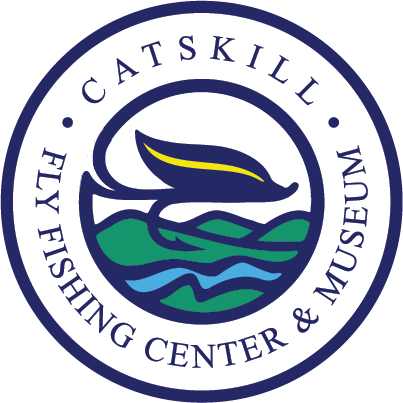The Neversink River
Map courtesy of Austin “Mac” Francis from his book Land of Little Rivers
“For some men the Neversink was like a mistress. Its intimate beauty and seductive charm could overwhelm the beholder with an irresistible urge to posses, whether it took the form of outright ownership or just a little overnight poaching. One such man was Clarence Roof.
The two branches of this river “went private” beginning with Clarence Roof’s four-thousand-acre “Wintoon” in 1882. Theodore Gordon held forth on the main stem from shortly after 1890 until his death in 1915, then it too went private when Edward R. Hewitt bought twenty-seven hundred acres and four miles of river. Today, public trout water begins with the Neversink Reservoir and extends below the dam for six miles to Woodbourne. Because the Neversink is colder than other Catskill rivers, a very high 60 percent of its fish are trout and its hatches are about two weeks later than those on the other rivers. Of its wild fish, brook trout dominate the branches, browns prevail in the main river.
The Neversink River flows through a long, narrow valley, with steep-sided, rocky ridges. The name means “water between the highlands” and it was well chosen by the indigenous groups of the region. It has fewer curves and eddies than other Catskill river. When heavy rains hit the valley, the river becomes a raging sluiceway and wreaks havoc with its banks and bed.
After the Neversink dam was completed in 1950, the reservoir filled to cover seven miles of river and completely changed the downstream conditions.
The east and west branches of Neversink River rise on Slide Mountain at elevations above three thousand feet. They are twins, but not identical twins, running parallel to each other two or three miles apart for fourteen miles to their junction in Claryville. In their first four miles they fall steeply, in excess of two hundred feet per mile. In their lower ten miles, they fall as a rate of approximately sixty feet per mile. They vary in width from ten to forty feet, in depth from one foot to four feet.
The Neversink above its reservoir is essentially an all-private river. The uppermost few miles of the two branches, where they extend beyond the road climbing steeply to their sources, are on state land. The fishing there would be confined to backpacking in for small wild brook trout. There are two short public fishing areas on the West Branch above the Frost Valley YMCA Camp.”
The above are excerpts from Catskill Rivers by Austin M. Francis; used with his permission and our gratitude.

